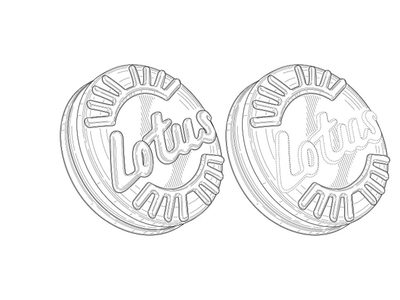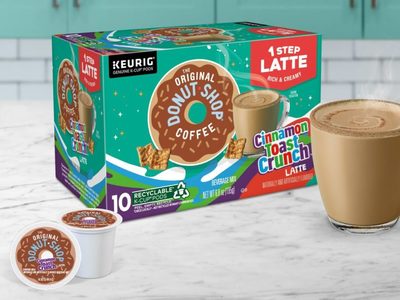When using sugar as an avenue for reducing calories, bakers have to watch out for changes in the final products taste and texture.
“Beyond sweetness, sugar also provides key functionality and mouthfeel, which can be lost when sugar is removed,” said Jeff Hodges, bakery scientist, snacks and baking, ADM.
Because of this, formulators can’t simply replace sugar with the most effective high-potency, low-calorie sweetener. Formulators need to combine that with ingredients that address the other functions of sugar.
“We take a holistic approach to sugar reduction with our SweetEdge toolbox, which helps reduce sugars while also replacing sweetness, rebalancing flavor and rebuilding functionality,” Mr. Hodges said. “By combining our approach with our expansive sweetener portfolio, we help bakers build brownies, muffins, cookies, cakes, bars, breads and more that deliver on consumers’ sensory expectations and demands for reduced calories while also optimizing for cost, efficiency and clean labels.”
Sugar plays different roles in different bakery applications, and some are easier to accommodate sugar reduction than others. The challenges change as well.
“In a sweet good, one of the first issues you run into is with flavor,” said McKenna Mills, senior technical services specialist, Cargill. “For bread, it’s often functionality. You have to look at all the options for replacement because there isn’t one solution that works for everything.”
It’s one thing to simply want to reduce sugar in a formulation, but doing so with an aim to lessen overall calorie count adds in a wrinkle.
“The goal is to find the replacement that can match what sugar is bringing to your product but also has lower calories,” said Dave Lindhorst, technical account manager, Cargill. “You can’t simply increase the fat or flour because that will have an impact on the final calorie count, so the challenge is finding the proper replacement that will keep calories reduced.”
Labeling is another challenge bakers may face when evaluating replacement ingredients as consumers become savvier to reading the ingredient list.
“You want the consumer to feel comfortable with the label,” Ms. Mills said. “We have endless solutions for replacing and reducing sugar, but what are the ones the consumers want to see? From a bulking ingredient standpoint, maltodextrin sometimes has a negative impact with consumers because they don’t use it. Soluble rice flour, on the other hand, is a label-friendly equivalent that the consumer understands.”
Bakers should also not forget ease-of-use. As they consider new solutions, do those ingredients work with the bakers’ process? Will they use liquid vs. a powder? Is the solution a 1:1 plug-in-play, or will the baker need to reformulate? All of these questions need to be answered as the baker works with suppliers to bring down calories associated with sugar, Mr. Lindhorst said.
This article is an excerpt from the July 2022 issue of Baking & Snack. To read the entire feature on Calorie Reduction, click here.






